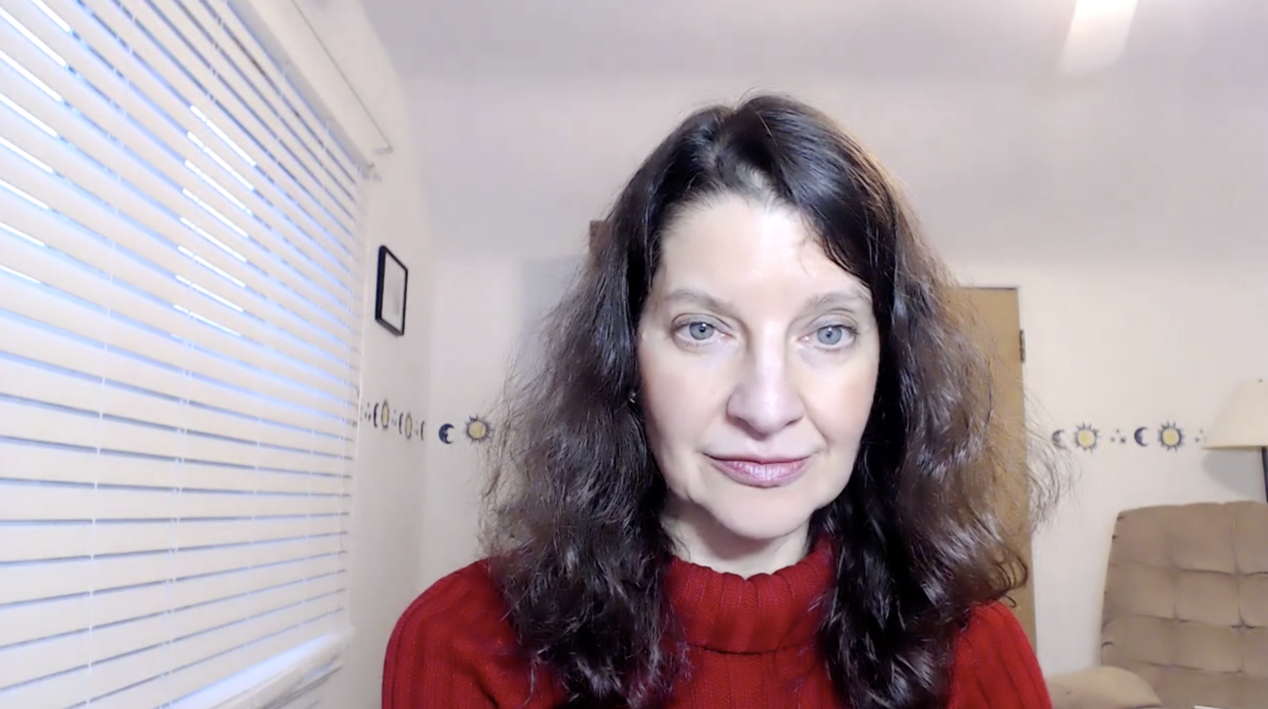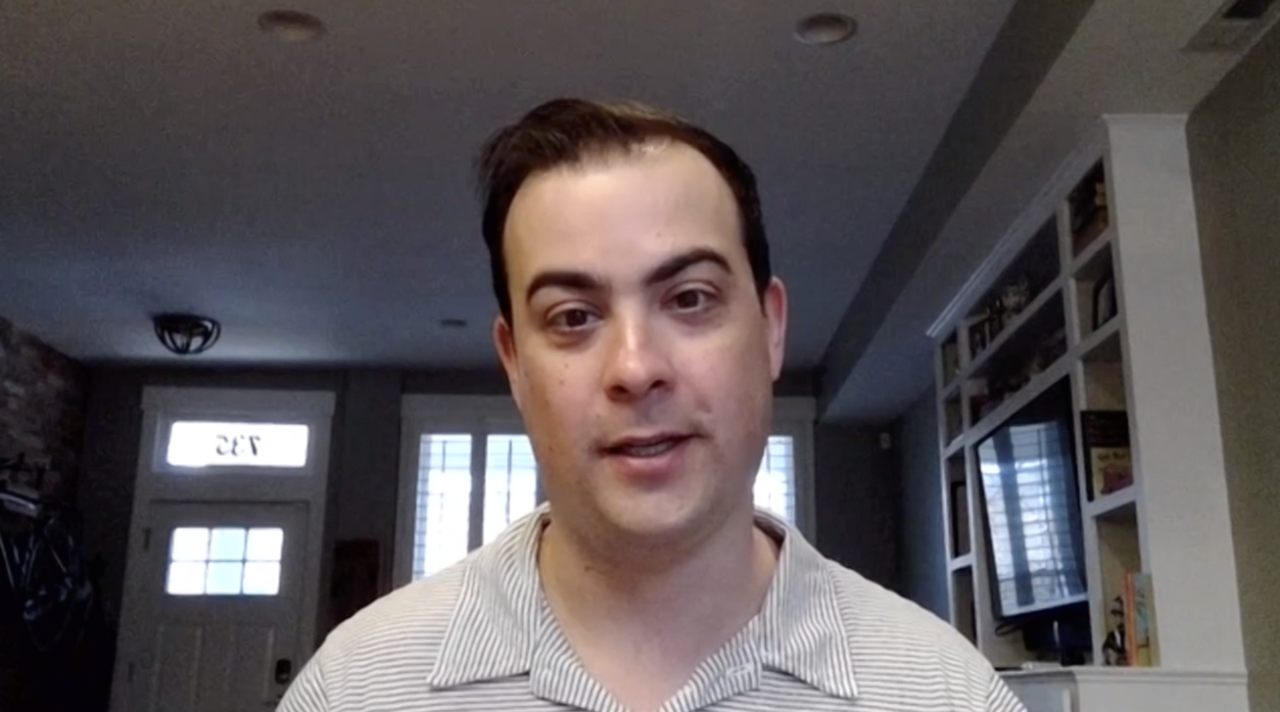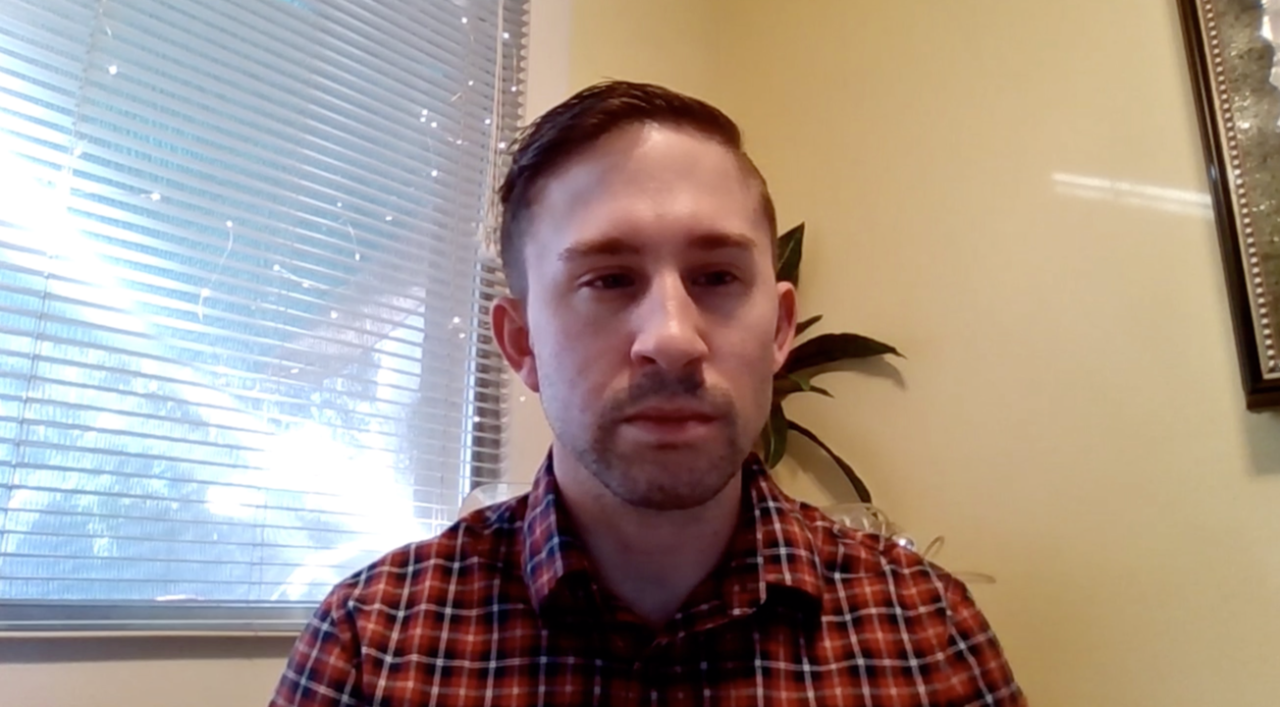CLEVELAND — Starting Tuesday, Ohioans 80 years and older will be able to get COVID-19 vaccines across the state. Those most-experience Buckeyes will be joining residents in other states that have already had access to vaccines, in some instances, for weeks.
Just in the Great Lakes region, the rollout timeline differs.
Michigan residents 65 years and older have been able to get the vaccine since January 11, along with front-line workers, child care staff, teachers, and Congregate Care facility staff.
Kentucky and West Virginia are vaccinating anyone more than 70 years old.
Indiana has already been vaccinating anyone older than 80 years old.
Pennsylvania is the only state limited vaccines to medical staff and long-term care facility staff and residents right now.
“I think everybody should have the vaccine because that’s kind of the point,” said Elana Thompkins.

That’s why she thinks it’s a good idea that the COVID-19 vaccine will eventually be available in neighborhood pharmacies like the ones at Giant Eagle, CVS, and Marc's. Those companies told News 5 they hope the general population is used to getting flu shots in their stores already, so getting COVID-19 vaccinations there will feel familiar.
“That could maybe make them feel like, ‘this is happening in my community,’ which is really important, soothing people’s anxieties regarding vaccines and what’s going on,” said Thompkins.
See a full list of Ohio’s plans here.
The vaccine effort in the city of Cleveland has attracted criticism that the city’s supply of 6,500 vaccines should be administered faster. Cleveland Ward 3 Councilman Kerry McCormack told News 5 he’ll be convening his Health and Humans Services Committee every week starting in January to ask city officials and local healthcare industry representatives what is taking so long.
“It became evident very quickly that we had to step up,” said McCormack. “From what I can tell, it’s just not moving as quick as it needs to.”

Cleveland Mayor Frank Jackson told reporters on a Facebook Live press conference that the slow rollout is partially due to a lack of communication from federal authorities.
“The criticism is there,” said Jackson. “It’s a failed operation from the top to bottom. That’s why we’re in the shape we’re in now.”
He stressed that Cleveland was doing all it could to deliver vaccines as quickly as possible.
A few days later, governors across the United States said they were just finding out that the promised increased shipments of the vaccine are not coming from the federal government, after Health and Human Services Secretary Alex Azar said a reserve stockpile was going to be released to the states.

Supply chain uncertainty combined with different rules in different states have left patients confused, politicians frustrated, and people desperate for vaccine information searching for sporadic and unpredictable updates.
“Given a limited number of doses, who are you going to give them to,” asked Case Western Reserve University Law and Bioethics Professor Sharona Hoffman.
Hoffman says different rules for different states is a central piece of American government. Just like different states have different laws regarding gun rights and marijuana, Hoffman says each state is finding its own way through delivering vaccinations.
“We have a system where states have autonomy and so different decisions are made and sometimes it’s to your advantage and sometimes it’s not to your advantage,” said Hoffman.

Ohio has focused on medical staff and long-term care facilities, where death rates are higher.
CVS data shows that its employees have vaccinated more medical and long-term care staff and residents in Ohio than they have in every other state except for California, Texas, Pennsylvania, and Florida.
As the rollout to the general population begins in Ohio, Governor Mike DeWine’s office says the goal is to avoid the long lines at centralized vaccine spots seen elsewhere and instead have many locations giving out vaccines, relying on appointments.
“So that gives patients more choice, but it also can mean that places can run out,” said Hoffman. “Then you have to do a whole lot of calling around to figure out where the vaccines are available.”

Hoffman says the flaw to that approach is that the state essentially has to guess where to send vaccine shots. A centralized location might have longer lines but would be less likely to run out because the supply doesn’t have to be split up.
Either way, Hoffman admits that both approaches have potential downsides and people are likely to complain about both.
Outside the Great Lakes Region, success is still scattered.
“Folks that were just shopping in a local Safeway grocery store got pulled out of the aisle to get a vaccine,” said Washington DC-area safe streets advocate Mark Sussman.

He wasn’t expected to get a vaccine for another two months when a local grocery store vaccinating front line workers had shots left over at the end of the day. Sussman was on a standby list to get one of the leftover shots and got one after a frantic bike ride down to the pharmacy before it closed. Approaches like that save leftover vaccine doses from having to be thrown out.
“I certainly don’t think I was the most deserving person to get the vaccine, but I don’t have this omnipresent ability to get that right person in the right place,” said Sussman.
The right person is someone like Grant Proia. He’s a traveling nurse who used to work at the Cleveland Clinic and has been helping Arizona hospitals handle surges in COVID-19 cases since Memorial Day.

Getting the vaccine in Arizona causes a headache long before the first shot.
“So what we have to do is go onto the county pre-screen and we submit all of our credentials and they decide if we get the shot or not,” said Proia.
He says he works with sick patients all the time and still hasn’t gotten his first vaccine shot and doesn’t expect to for another week.
If Proia were still in Ohio, he likely would have been able to get a vaccine at some point over the past month.
Download the News 5 Cleveland app now for more stories from us, plus alerts on major news, the latest weather forecast, traffic information and much more. Download now on your Apple device here, and your Android device here.
You can also catch News 5 Cleveland on Roku, Apple TV, Amazon Fire TV, YouTube TV, DIRECTV NOW, Hulu Live and more. We're also on Amazon Alexa devices. Learn more about our streaming options here.





